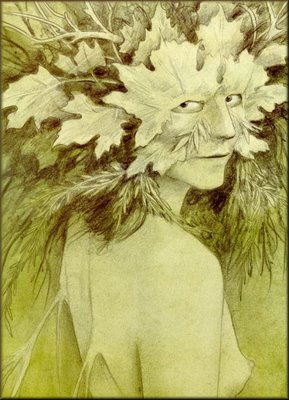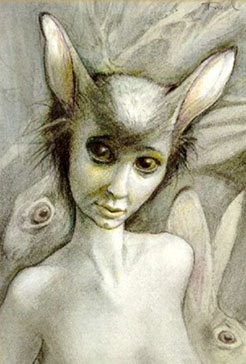Create a set of five criteria which you feel could be used to describe the nature of your practice.
(Not sure if I've done these right. But these are the things that I feel are my interests and therefore my criteria.)
Narrative- Interactive Media
The Internet and the possibilities of narrative
Artists/Illustrators/Graphics
Designing interactive pieces.
Using your set of criteria, research a long list of at least 20 practitioners whose work meets at least three of your five criteria.
Have included links for web pages. These might not necessarily be the best links for them in general, but they have been useful to me. They are in no order simply as my mind remembered them. For a more indepth look at these practioners read the rest of my blog, where most have been mentioned.
Ernest Adams:His work includes original design, game analysis, creative writing. Am interested in him because of his interactive writing.
Scott Mcloud: theorist/comic writer who has written comics on how to make comics. Also examines interactive comics and the approaches needed.
Paula Rego: Artist who explores narrative through her paintings.
Janet Murrey: Theorist, among other topics, looks at narrative and the internet in general. She is also an interactive designer.
Neil Gaimon: Writer. Writes novels and comics. Good to look at as his graphic novels which are obviously illustrated. Makes me see who narrative can be made into images.
Madeleine De Scuderie: 16th Century Writer. Explored interactive narrative for books
Hester Pulter: Another 16th Century Writer.Like Madeleine wrote interactive novels in book form.
Lev Manovich: Theorist among other things. Looks at narrative and the internet in general.
Kiki Smith: Artist who again explores narrative with painting.
Mark Stephan Meadows: A theorist, and interactive artist. Good to look at as he implements his theories into his work.
Ed Ruscha: Artist. My particular interest in him, is his graphic prints of words. He takes a word any word and trys to illustrate it and show meaning, just using the typography
Edward Gorey: Illustrator, writer, again meaning through image.
Vladimir Propp: extended the Russian Formalist approach to narratology (the study of narrative structure). Where, in the Formalist approach, sentence structures had been broken down into analyzable elements - morphemes - Propp used this method by analogy to analyze folk tales.
Borges: Writer. Interesting narratives as well as descriptive writing. (Creatures etc)
Virginia Woolf: Writer. Her novels like to explore memory and uses different linear approaches. Not my favorite author but good for her use of narrative structure.
Doris Lessing: Writer. Like Virginia she explores narrative structures in her novels.
Dave Mckeen: Illustrator, Designer. I find his work very descriptive even without the text that comes with his work. My favorite illustrator.
Brian Froud: Illustrator. Good to look at for mystically and fantasy art work. Another of my favorite illustrators
Terri Windling: Artist. Again explores fantasy and myth
Marina Warner: Writer and theorist (Feminist) Has studied the fairy tale.
Ted Nelson:Theorist.
Alan Key: Theorist.
Having selected the longlist, make a shortlist of five whose work closely reflects the spirit of the criteria you identified.
This is really tricky. I would not say that there are five people that fit my criteria. Mainly because my criterias are very different to each other. These are simply people that inspire me, or help to inspire me. Again in no order:
Dave Mckeen
Brian Froud
Scott Mcloud
Vladimir Propp
Mark Stephan Meadows











